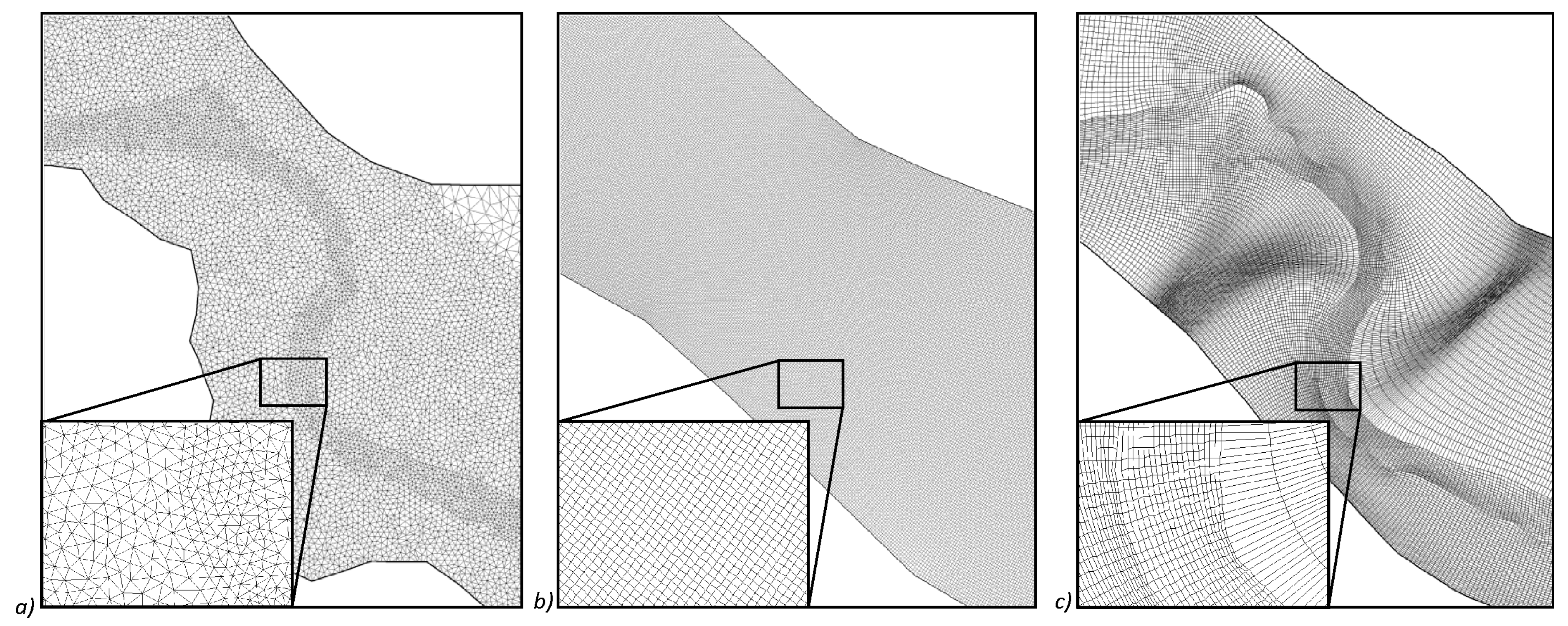

This limitation can be overcome by applying 2D and 3D models, which have the advantage of simulating flow propagation with great accuracy ( Ghanem et al. These models are simpler but fail to provide detailed information regarding the flow field.

Several 1D models are available in the public domain these include HEC-RAS ( USACE 2002), Sedimentation and River Hydraulics 1D ( Huang & Greimann 2010), FEQ ( Franz & Melching 1997) and MIKE 11 ( DHI 2007a). The fourth category is comprised of non-numerical hydraulic models, which includes field measurements, analytical solutions and statistical analysis of the flow field ( Tonina & Jorde 2013). The 1D hydraulic models provide flow properties only in the downstream (longitudinal) direction. The 2D models represent flow properties along the longitudinal and the transversal directions. The 3D hydraulic models represent flow properties in the three directions, longitudinal–transversal–vertical. These models are divided into four categories: (a) three-dimensional (3D), (b) two-dimensional (2D), (c) one-dimensional (1D), and (d) non-numerical hydraulic models. Several hydraulic models have been used for the simulation of river flow and sediment transport. It was concluded that the curvilinear grid model results were in better agreement with the field measurements. The water depth and sediment results obtained from the simulations for the two different grids were compared with field observations and a series of statistical indicators. The difference between the curvilinear and the rectilinear grid is that the curvilinear grid lines follow the bank lines of the river, providing a better resolution of the flow near the boundaries. The MIKE 21C model comprises two parts: (a) the hydrodynamic part that is based on the Saint-Venant equations and (b) the morphological change part for the simulation of bank erosion and sediment transport. The MIKE 21C model has been developed to simulate 2D flows and morphological changes in rivers by using either an orthogonal curvilinear grid or a rectilinear grid.

Specifically, an important goal of the present study was the comparison of a curvilinear grid model with a rectilinear grid model. In the present work, a two-dimensional (2D) hydraulic model was used for the simulation of river flow and sediment transport in the downstream section of the Koiliaris River Basin in Crete, Greece, based on two different structured grids.


 0 kommentar(er)
0 kommentar(er)
